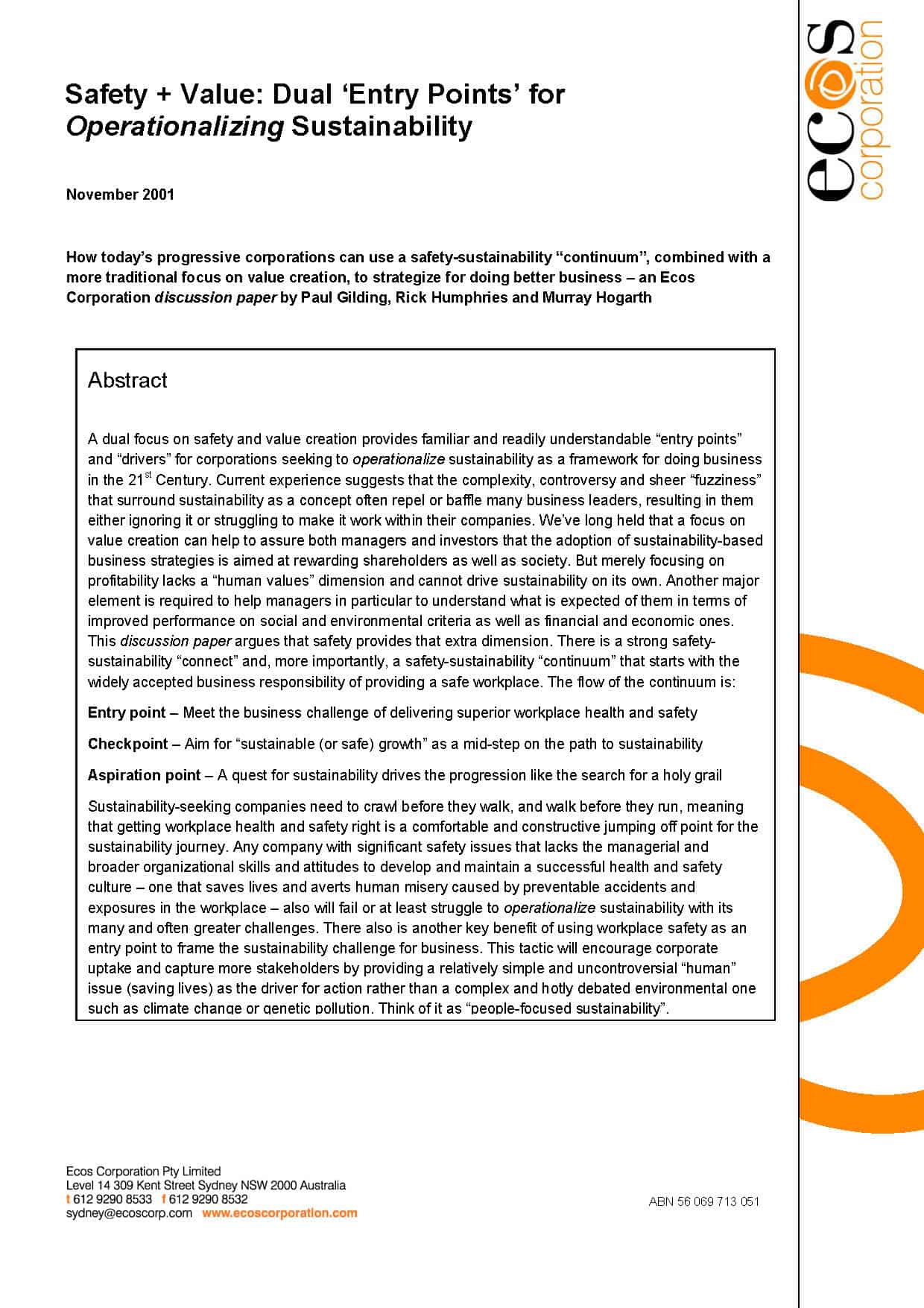Governments around the world love to be able to claim their State or Country as the safest in the world, when they can. Australia has been plagued by such claims between various States but a report released on July 6 2016 shows that such claims are only half the story.
The Institute for Safety, Compensation and Recovery Research (ISCRR) released its report about “Work-related injury and illness in Australia, 2004 to 2014“. The report makes this extraordinary finding:
“Across Australia, there are twice as many estimated work-related injuries as there are accepted workers compensation claims. This indicates that many injuries do not progress into the nations workers compensation systems” (page 2)
This statement seems to indicate that political statements made on the basis of workers’ compensation data, the major rationale for most of the “we are the safest” statements, are only half right!


